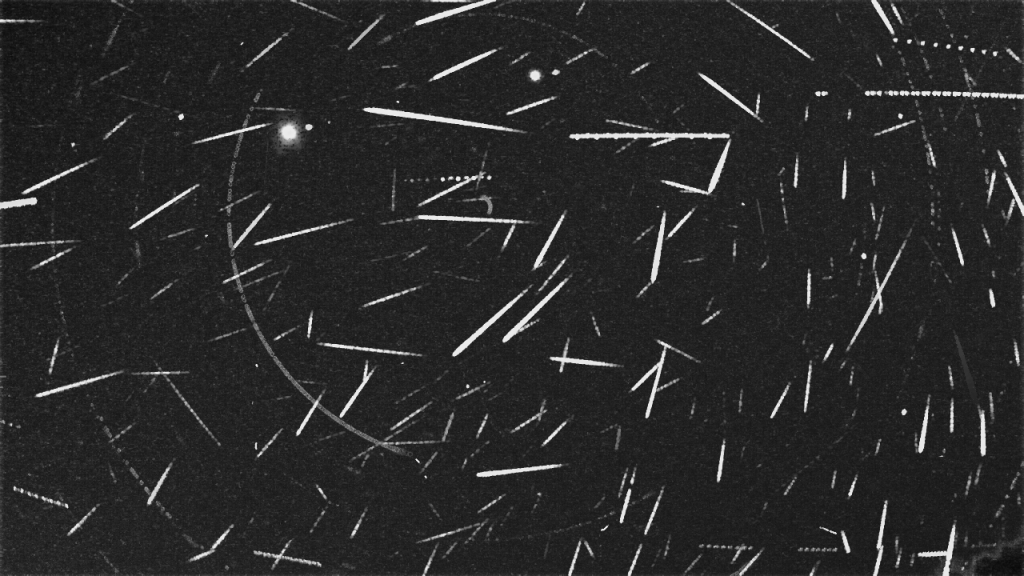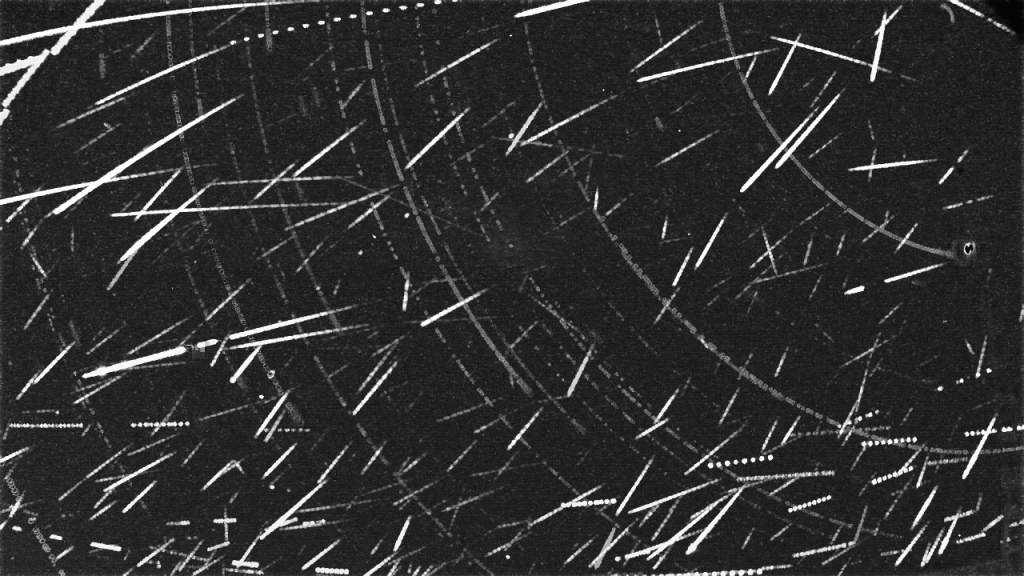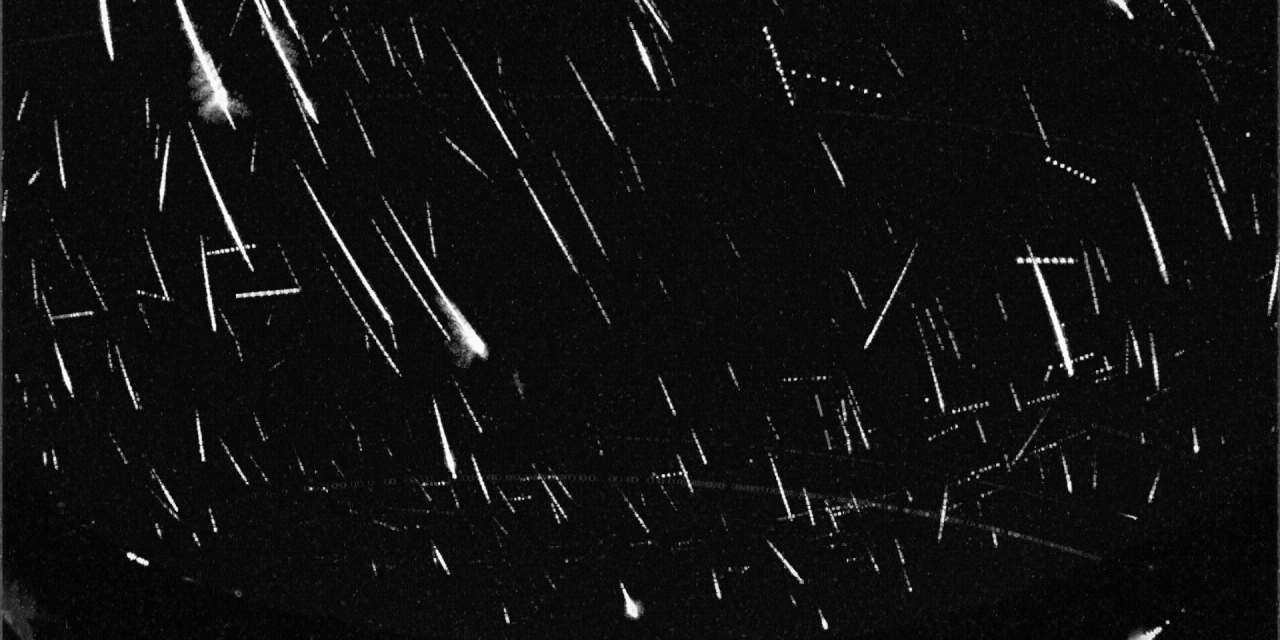By Denis Vida
The Raspberry Pi Meteor Station (RMS) project has been in development since 2015 and in the last year final development and tests were done. Individual stations perform automated fireball and meteor detection, astrometric calibration, data management, and data uploading to the central server (Vida et al., 2018). There are about 10 stations operational around the world, in Brazil, Canada, Croatia and France, with future plans to expand the network to other countries as well.
Read more about the Global Meteor Network: https://gmn.duckdns.org/
At the end of 2017 tests were done using low-cost CMOS IP cameras. They have shown to be good replacements for analog cameras and are even much more sensitive. A camera with an IMX291 sensor (operated at 1280×720 resolution) and a 4mm f/1.2 CS lens sees +5 magnitude stars at 25 FPS under light polluted skies, and the meteor limiting magnitude is about +3.5.
The big test for the system were the 2018 Perseids. In the night of the maximum every camera detected from 300 to 400 meteors. The following images show stacks of all meteor detections in the night of the maximum.

Figure 1 – Perseids detected from Elginfield, Ontario, Canada.

Figure 2 – Perseids detected from Tavistock, Ontario, Canada.

Figure 3 – Perseids from Hum, Croatia. A Hikvision Full HD camera with a 90×50 deg FOV was used.
Elginfield and Tavistock stations have overlapping fields of view and in the near future the analysis of observations and orbit estimation will be performed and published.
References
Vida, D., Mazur, M. J., Šegon, D., Zubović, D., Kukić, P., Parag, F., & Macan, A. (2018). “First results of a Raspberry Pi based meteor camera system”. WGN, Journal of the International Meteor Organization, 46, 71–78.


